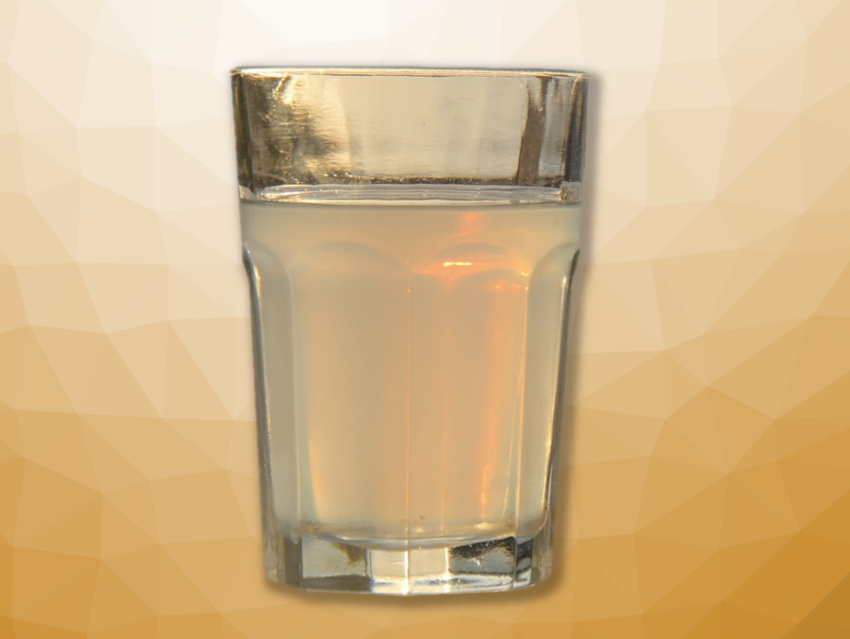When alcoholic drinks that are flavored with anise, such as ouzo or raki, are diluted with water, they become opaque at a certain point. This “ouzo effect” is due the spontaneous formation of an emulsion without a surfactant. The anise extract contains trans-anethole, which is insoluble in water and precipitates as droplets when the drink is diluted with water. This effect can also occur in other ternary systems with the appropriate solubilities. This straightforward approach to emulsification without surfactants could have uses, e.g., in industry. Understanding the process in detail would, thus, be useful.
Nathan C. Gianneschi, Northwestern University, Evanston, IL, USA, and colleagues have used liquid phase transmission electron microscopy (LPTEM), an in-situ microscopy technique, to study the formation of emulsions as seen in the “ouzo effect”. In LPTEM, a very small liquid sample is enclosed in a cell with electron-transparent windows and observed using electron microscopy.
The team first imaged already-formed droplets in ouzo and found that they can be resolved with the technique. Then they studied the formation of the emulsion and the growth of the droplets by flowing solutions into the sample chamber during imaging, starting with different concentrations of trans-anethole as well as commercially available ouzo. They were able to quantify the growth of droplets and observe their morphology. Based on the observed structures, the researchers suggest that an ethanol/water-rich region develops at the center of the droplet, while the outer region is rich in trans-anethole. The team proposes that LPTEM may also be useful in gaining insight into other emulsification processes.
- Ouzo Effect Examined at the Nanoscale via Direct Observation of Droplet Nucleation and Morphology,
Maria A. Vratsanos, Wangyang Xue, Nathan D. Rosenmann, Lauren D. Zarzar, Nathan C. Gianneschi,
ACS Cent. Sci. 2023.
https://doi.org/10.1021/acscentsci.2c01194
Also of Interest

A look at the chemistry of anise seed, which is used as a spice, either ground or whole




